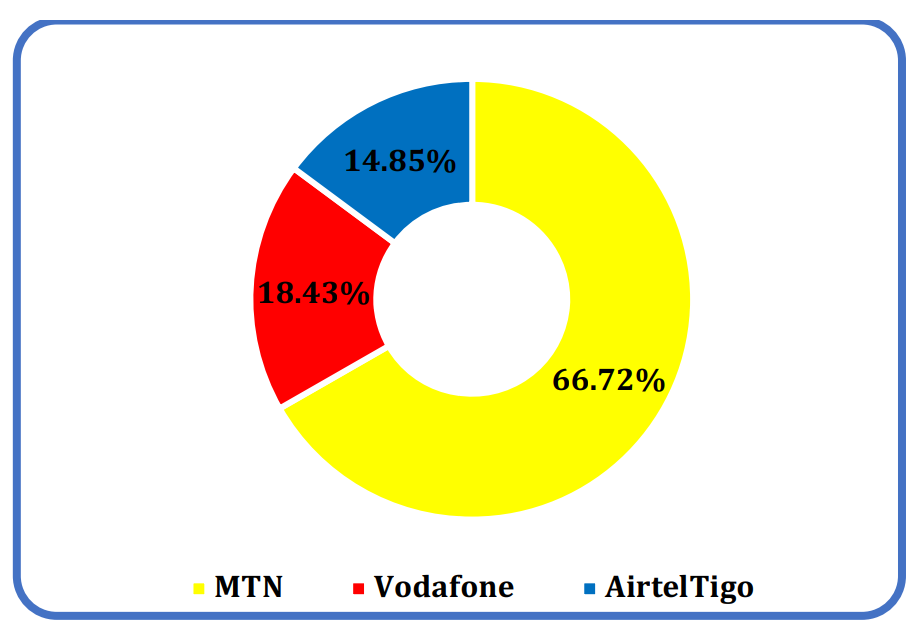
On TV3 Key Points programme last Saturday, a regular panelist, Lawyer Martin Kpebu passionately discussed the economic hardships imposed on the nation by the government.
He emphasized how the cost of tomatoes has skyrocketed to an incredibly high level. Kpebu recounted that while traveling from Koforidua the previous day, he purchased a container of 36 tomatoes for 150 cedis at Adeiso, which equates to 4 cedis per individual tomato.
He said, “on my way from Koforidua yesterday, I bought a container of 36 tomatoes for GHS 150 at Adeiso, that works out at 1 FRUIT of tomato for GHS 4.”
Interestingly, the substance of Kpebu’s point about the exorbitant tomato prices has been overshadowed by the peripheral argument of whether to classify tomato as a fruit or a vegetable, after Kpebu referred to it as a “fruit of tomato” in his remarks. This has led to some agreeing with him, while others maintain that tomato is a vegetable.
In this article, I do not intend to perpetuate the agenda of sidelining the more important issue of the economic hardship and expensive cost tomatoes, rather, the intention is to offer some education to people who genuinely wish to be educated on the classification of tomatoes.
Clearly, it appears the debate over whether tomatoes are fruits or vegetables is a classic example of how different fields of study can interpret the same object in different ways. Botanically, tomatoes are classified as fruits, because they develop from the ovary of a flower and contain seeds. However, in catering or vocational terms, tomatoes are commonly treated as vegetables due to their savory flavour and use in a variety of dishes.
Botanical Perspective
From a botanical perspective, a fruit is the mature ovary of a flower, usually containing seeds. Fruits can be classified into different categories, such as simple, aggregate, and multiple fruits, based on their development. Tomatoes fall under the category of simple fruits, as they develop from a single ovary. More specifically, tomatoes are considered berries, a subcategory of simple fruits characterized by their fleshy pericarp (the layer surrounding the seeds).
Tomatoes belong to the “Solanaceae” plant family, which also includes other fruit-bearing plants like peppers, eggplants, and potatoes. The scientific name for the tomato plant is “Solanum lycopersicum”. Botanically, tomatoes develop through the fertilization of the ovary, where the ovule becomes the seed and the surrounding ovary wall forms the fruit. This process is common among flowering plants and is a crucial aspect of plant reproduction and seed dispersal.
Cooking/Catering Perspective
In the cooking world, the classification of fruits and vegetables is based more on flavour and how they are used in cooking, rather than strict botanical criteria. Vegetables are typically defined as the edible parts of plants, including roots, stems, leaves, and flowers, that have a savoury or less sweet taste. Fruits, on the other hand, are generally sweet or tart and are commonly used in desserts, snacks, and juices.
Tomatoes, with their slightly tangy flavour and firm texture, are often used in savoury dishes. They are a staple ingredient in salads, sauces, soups, and a wide range of culinary preparations globally. This savoury application in cooking has led to tomatoes being commonly categorized as a vegetable. The distinction between fruits and vegetables in culinary terms is largely cultural and practical, reflecting how these ingredients are typically utilized, rather than their botanical origins.
Legal Perspective
The debate over whether tomatoes should be classified as fruits or vegetables has even reached the legal system. The most notable case is Nix v. Hedden, a decision made by the United States Supreme Court in 1893. This case arose due to tariffs being imposed on imported vegetables, but not on fruits. John Nix, a produce importer, argued that tomatoes should be classified as fruits and thus be exempt from the tariff. However, the Supreme Court unanimously decided that tomatoes should be categorized as vegetables for tariff purposes, based on their common culinary use.
Justice Horace Gray, who delivered the Court’s opinion, stated that “botanically speaking, tomatoes are the fruit of a vine, just as cucumbers, squashes, beans, and peas. But in the common language of the people, whether sellers or consumers of provisions, all these are vegetables.” This ruling highlights the influence of cultural and practical considerations in legal and economic contexts, rather than strictly relying on botanical definitions.
The Science of Tomato Classification
Understanding the botanical classification of tomatoes as fruits requires a deeper look into plant biology. Fruits develop from the fertilized ovary of a flower. In the case of tomatoes, after pollination, the ovary enlarges and transforms into the fruit we recognize. Inside this fruit, the seeds develop from the fertilized ovules. This process is analogous to the development of other fruits like apples, cherries, and berries.
The botanical distinction between fruits and vegetables hinges on the reproductive structures of the plant. Fruits are specifically the mature ovaries of flowers, containing seeds. Vegetables, on the other hand, are more diverse and can include various plant parts such as leaves (e.g., lettuce), stems (e.g., celery), roots (e.g., carrots), and flowers (e.g., broccoli), rather than just the mature ovary.
Cultural and Practical Considerations
The culinary classification of tomatoes as vegetables is rooted in their flavor profile and usage in cooking. Unlike sweet fruits such as apples and bananas, tomatoes have a savory taste, which makes them more suitable for dishes like salads, sauces, and stews. This practical approach to classification is common in many cultures and influences how food is categorized in markets, recipes, and daily consumption.
In many cultures, the distinction between fruits and vegetables is less rigid than in botanical terms. For example, pumpkins and cucumbers are botanically fruits but are often treated as vegetables in cooking. Similarly, rhubarb is technically a vegetable but is commonly used in sweet dishes like a fruit.
Conclusion
The classification of tomatoes as fruits or vegetables depends on the context. Botanically, they are fruits because they develop from the ovary of a flower and contain seeds. However, in cooking and common usage, they are treated as vegetables due to their savory flavor and typical use in dishes. This dual classification highlights the different criteria used in botany and cooking.
The legal case of Nix v. Hedden illustrates how these distinctions can have significant legal and economic implications. Nutritionally and economically, tomatoes are a vital crop with a substantial impact on global diets and agriculture.
Therefore, whether one calls a tomato a fruit or a vegetable may depend on the conversation’s context—scientific, cooking, or legal. Understanding these perspectives enriches our appreciation of this versatile and essential plant.
In conclusion, you are correct if you call tomato a fruit, and you are also correct if you call tomato a vegetable.
Thank you for reading today’s episode. Continue to follow the insightful articles I share on this page.
See you.
Writer: Daniel Fenyi
The writer is a licensed counselor, professional writer and conference speaker who guides young people through his writings. You can reach him via email [email protected]
The post Settling the Debate: Is tomato a Fruit or a Vegetable? first appeared on 3News.
Read Full Story











Facebook
Twitter
Pinterest
Instagram
Google+
YouTube
LinkedIn
RSS